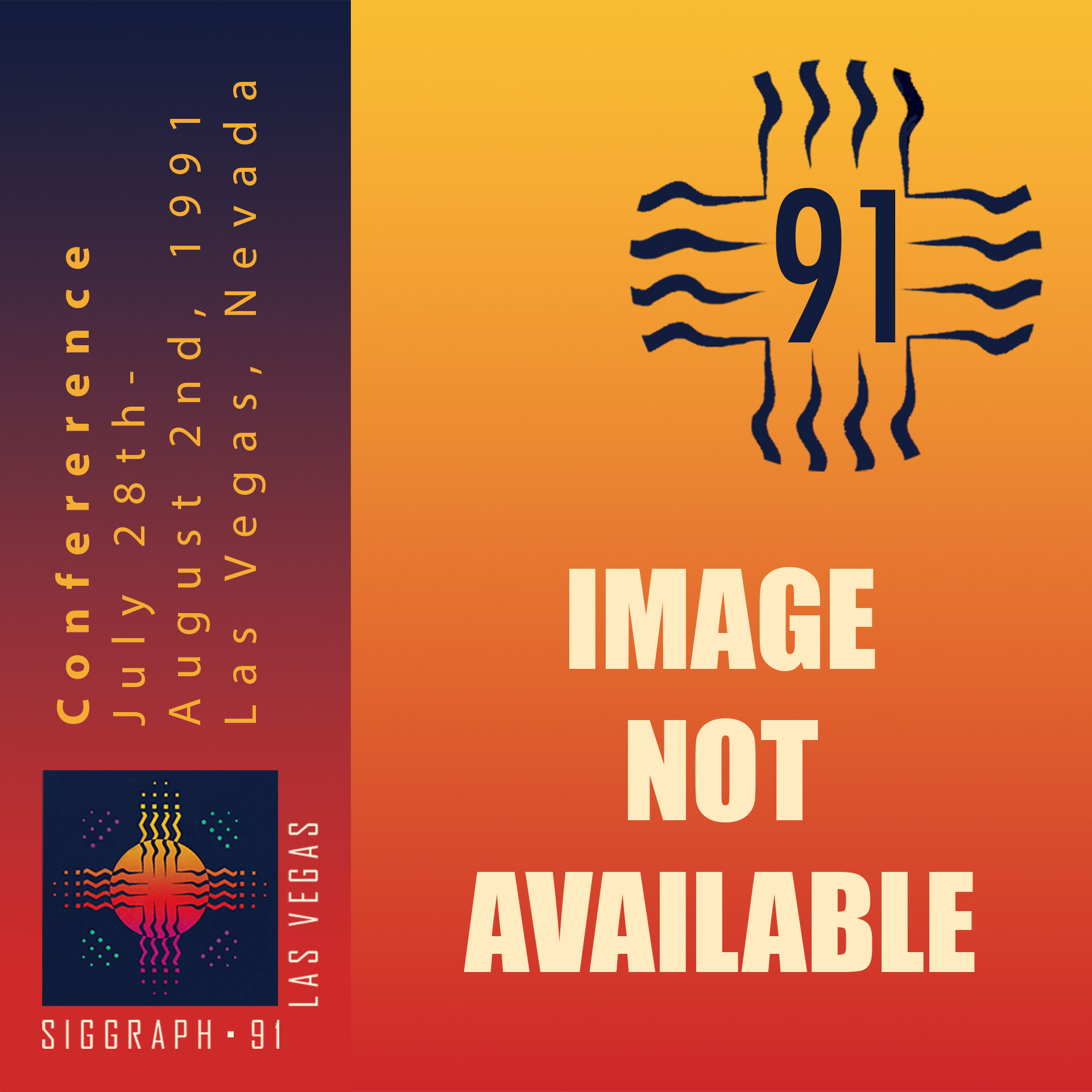“Superlmage” by Klingler
Conference:
Experience Type(s):
E-Tech Type(s):
Title:
- Superlmage
Program Title:
- Demonstrations and Displays
Organizer(s)/Presenter(s):
Collaborator(s):
Project Affiliation:
- Medical College of Ohio
Description:
Computer-generated animation is widely used in the medical environment. In cardiology, for example, display of dynamic behavior is an increasingly common and useful technique in both research and patient care. This SuperCard-generated tutorial is designed to familiarize medical students and technical professionals with the basics of digital imagery.
SumerImage is divided into six sections. The first, titled “What’s a Digital Image?”, defines pixels, resolution, and quantization through a tutorial that constructs a common image from grayscale blocks. An analogy is drawn between the stones that serve as the picture elements in a mosaic and the square regions of uniform color that are used to construct a digital image. Animation displays not only the final image, but also the image in various phases of construction.
In sections two and three, students explore image quality by changing a single parameter at a time. For example, spatial resolution or quantization levels are altered, and small, incremental changes are displayed between screens, so that students can make direct visual comparisons without large conceptual leaps. The remaining sections present a simple discussion of computer-based animation, histograms, and the basics of color. The goal is to provide the reader with a number of animated visual examples of common issues in digital imagery.
Though SuperImage was originally intended for medical personnel who work with images in digital form, typically from medical scanning devices such as digital X-ray, ultrasound, and CT and MR scanners, it is also useful for those who work with desktop systems for general publishing applications.
Other Information:
System Requirements: Macintosh II with 4 MB RAM, 8-bit color, and a hard disk. SuperImage 1.41 is distributed compressed on two high-density floppies and requires approximately 9 MB of disk space to run.





